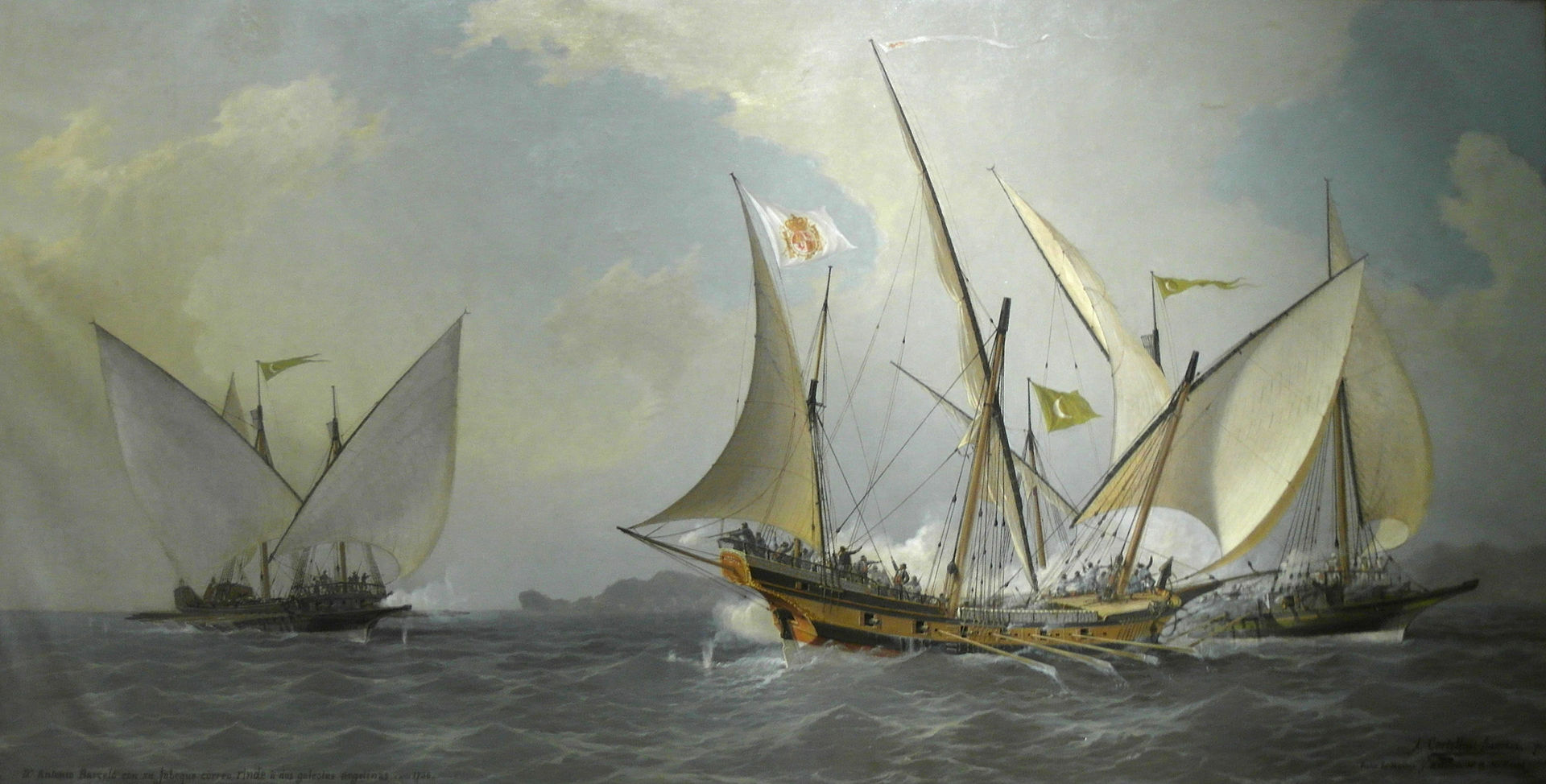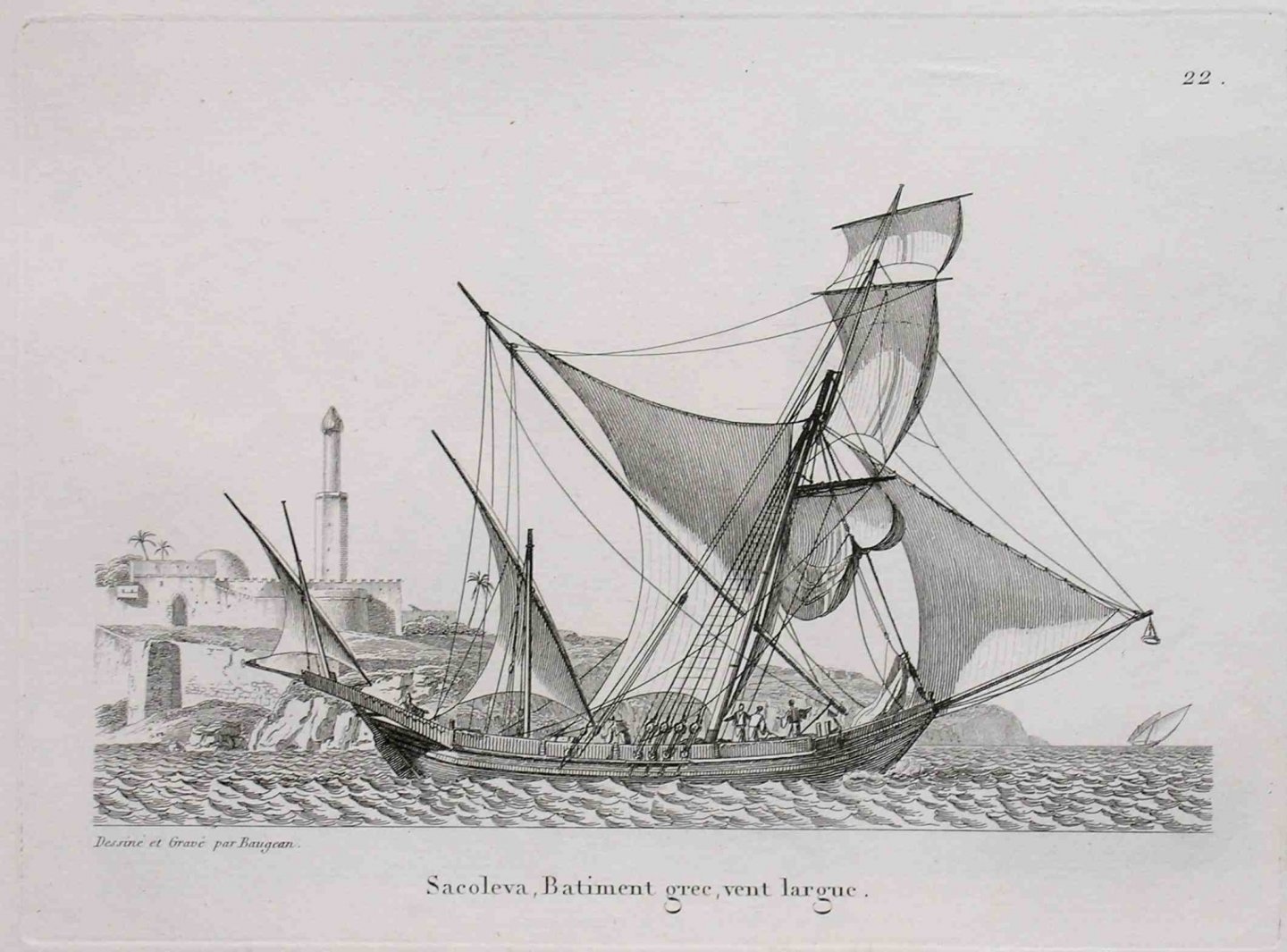-
Posts
128 -
Joined
-
Last visited
Content Type
Profiles
Forums
Gallery
Events
Everything posted by Sceatha
-
Thank you Druxey, don't feel like a true ship modeller yet, as I feel a true ship modeller would measure correctly the first time, but hopefully I am on the right path. 😄 I know exactly what you mean Bob! What I find helps is reminding myself that (luckily) this is my hobby, there is no deadline and all the standards are set by myself. So I can remake the same thing a million times until I get it right. I am not making less mistakes, the models just take more time to finish. 😄 It's an awful feeling, looking at a finished model and only being able to see that one mistake that only you remember.
-
Since the time I worked with plastic models there is a lesson that I have failed to learn again and again. My obsessive character will not allow me the rest if I do not fix a mistake, so I should not ignore things that my gut feeling tells me are not OK. Such a time came in this build with the rudder hinges. Since the time I cut them off the brass sheet I knew they were oversized for the scale. I went along with them, but it kept eating me inside. Then a friend (Thanasis from this forum) was kind enough to point it out. That was motivation enough to go back and fix it. Only issue was that this "late" fix caused a bit of damage on the surrounding wood (as was to be expected) which I will have to address later, nothing major though. Totally worth it! Both for the model's appearance and my sanity 😄 A photo of the resized hinges before the damage to the wood is addressed:
-
Moving along with bits and pieces made of walnut. Amati suggests a small at the back, and indeed the shape of the hull allows some space for a tiny cabin. And the rudder:
-
There has been a lot of comparison between the Aubrey and the Hornblower series. To me, being a Aubrey fan, it has to do a lot with what one happened to read first. Both are prime examples of literature and have a very immersive atmosphere, to the point that one feels a kind of sadness when they find out they've read the entire series and there is nothing more to read. I feel that most people discover Aubrey or Hornblower during this bittersweet aftertaste period shortly after finishing the other one, while looking for something similar to read, and thus judge it unfavorably due the two writers' very different styles, which is, of course, unfair. In any case, I agree with Steven that the Hornblower series, while enjoyable, fell very short of the books. Same goes for the Master and Commander movie which oversimplified the plot (especially Maturin's very interesting and complex character).
-
Welcome to the forum Tom!
-
Welcome to the forum Jon!
-

Greeting from the Northwoods. New here
Sceatha replied to JC1113's topic in New member Introductions
Welcome to the forum JC! -
Welcome Mark! Nice work on the plastic and welcome to the world of wooden models. I too am a converted plastic modeller and yes, at first the increased cost of the kits can appear steep, especially to our significant others, but keep in mind that a wooden ship kit will take much longer to built than a plastic kit and will require relatively cheaper tools (assuming you need a respectable airbrush and an abundance of tiny paint bottles for plastic modelling). So the cost over time is about the same (maybe even lower if you budget it correctly). Looking forward to reading your build logs! George
-
Thank you @Kevin, welcome aboard! And thank you @Thanasis for the great info (as always!) I always wondered about the tiny mizzen of the Skaphe, it does make sense that it was used for close quarters maneuverability during a dive. Also great to see that it was maintained, even on a relatively recent boat with an engine. The abundance of different traditional craft that have been used in the Aegean will never cease to amaze me! Meanwhile on the galliot, not much to show for now, just cutting, soldering and blackening brass and copper with Brass Black:
-
Thanks Thanasis. Great stuff, as usual! Very interesting to see how this idea of a small mizzen has survived through the ages. Just being curious: What is the type of vessel on the lower left photo? The bow looks like a Trechandiri, but there seems to be a transom at the back? And I don't think I have ever seen a Trechandiri with this sail plan. Thanks for the info! George
-
Due to another lockdown progress has accelerated. On to the support for the mizzen mast. Now placement if that one was somewhat weird to me. Kogevinas seems to depict the foot of the mizzen mast behind the sternpost, resting in the relatively thin overhanging deck of the stern. I initially though this was a somewhat precarious for a mast and maybe a mistake of the painter. Then @Chapman was kind enough to point out this woodcut of a Greek sacoleva by Baugean, that depicts a similar placement of the mizzen, in much clearer profile and by a much more trustworthy illustrator: A friend with long experience in sailing also pointed out that the size of the mizzen sail, both in my galliot and in Baugean's sacoleva is very small in comparison to the main sails, so it was probably just used to adjust and align the sail plan and not provide considerable power, so the forces on that sail would not be too substantial. Much more confident of what I am about to do, I started working on the supports for the mizzen mast:
-
Hello Dougal. A warm welcome to the forum from another plastic modeller converted to wood!
-
Welcome to the forum David!
-
Welcome Colin! Looking forward to your build log. George
-
Things move faster, due to another lockdown. Some work on the cannons. I had a couple of bronze long nines lying around that I think would fit this type of vessels like a glove. The pirates would be able to source such guns, either from a prey or, more likely from a rich ship owner from Psara, Hydra or Spetses. I blackened the cannon using Birchwood Casey's Brass Black. Then I very slightly rubbed them with very fine steel wool, to bring back some of the shine and highlight raised surfaces. I figured that the pirates would keep them clean and operational, but not bother to polish them to a shine or paint them.
-
Back after a long break (during this absence I moved from the UK to Greece). The galliot traveled packed in my luggage, wrapped in several layers of bubble wrap and made it here without any major damage. After the madness of unpacking, I managed to make some progress. I was actually looking forward to this this part of the built: The very interesting curves of the bulwark rails at the bow. I decided to try shaping those in place, after they were attached, which worked fine:
-
What I've done to get rid of fluff in unwaxed line is make a very quick pass over an open flame. It's works fine but it's probably not worth the adrenaline rush! As you say photos always tend to highlight such things that are really negligible up close like thread fluff and wood grain.
-
Looks great Steven. Such an awesome built and the figures make it feel so alive! Beeswax is indeed slightly acidic, containing mainly fatty acids and it will slowly eat away at your threads. But keep in mind this process is veeeeeeery slow. I would bet that cotton or nylon, anything other than natural fiber (linen or hemp) would slacken due to its natural properties far before the acids take their toll. I used beeswax on hemp in some very old models, they are close to 15 years old now, and there is no serious deterioration to the threads yet. The safe solution is indeed conservator's wax, also called micro-crystalline wax. Beware though, it has a strong smell to it, like petrol and you need to warm it up a bit so it penetrates the rope, like running the rope over a lightbulb, and then clean out any excess. The crystals in this wax are very small and it will leave a kind of white fluff on the thread if you make excessive use of it.
-
Hello again, this build has slowed down considerably due to me moving houses (changing country of residence from the UK back to Greece), but it is still moving ahead. so I started working on the rowing benches the rowing benches. Most sources I have come across claim galliots from Psara had 16-25 sets of oars, while the Amati plans provide 12. But 12 is also the number depicted on the engraving, so that works fine for me.
-
That is definitely an achievement! It's one of the greatest feelings when you are learning a language and manage to get a natural response from a native speaker in the country. Those figures on the yard look awesome!
About us
Modelshipworld - Advancing Ship Modeling through Research
SSL Secured
Your security is important for us so this Website is SSL-Secured
NRG Mailing Address
Nautical Research Guild
237 South Lincoln Street
Westmont IL, 60559-1917
Model Ship World ® and the MSW logo are Registered Trademarks, and belong to the Nautical Research Guild (United States Patent and Trademark Office: No. 6,929,264 & No. 6,929,274, registered Dec. 20, 2022)
Helpful Links
About the NRG
If you enjoy building ship models that are historically accurate as well as beautiful, then The Nautical Research Guild (NRG) is just right for you.
The Guild is a non-profit educational organization whose mission is to “Advance Ship Modeling Through Research”. We provide support to our members in their efforts to raise the quality of their model ships.
The Nautical Research Guild has published our world-renowned quarterly magazine, The Nautical Research Journal, since 1955. The pages of the Journal are full of articles by accomplished ship modelers who show you how they create those exquisite details on their models, and by maritime historians who show you the correct details to build. The Journal is available in both print and digital editions. Go to the NRG web site (www.thenrg.org) to download a complimentary digital copy of the Journal. The NRG also publishes plan sets, books and compilations of back issues of the Journal and the former Ships in Scale and Model Ship Builder magazines.



.thumb.jpg.a3b9f7387437c25c570f7922467c4be6.jpg)

